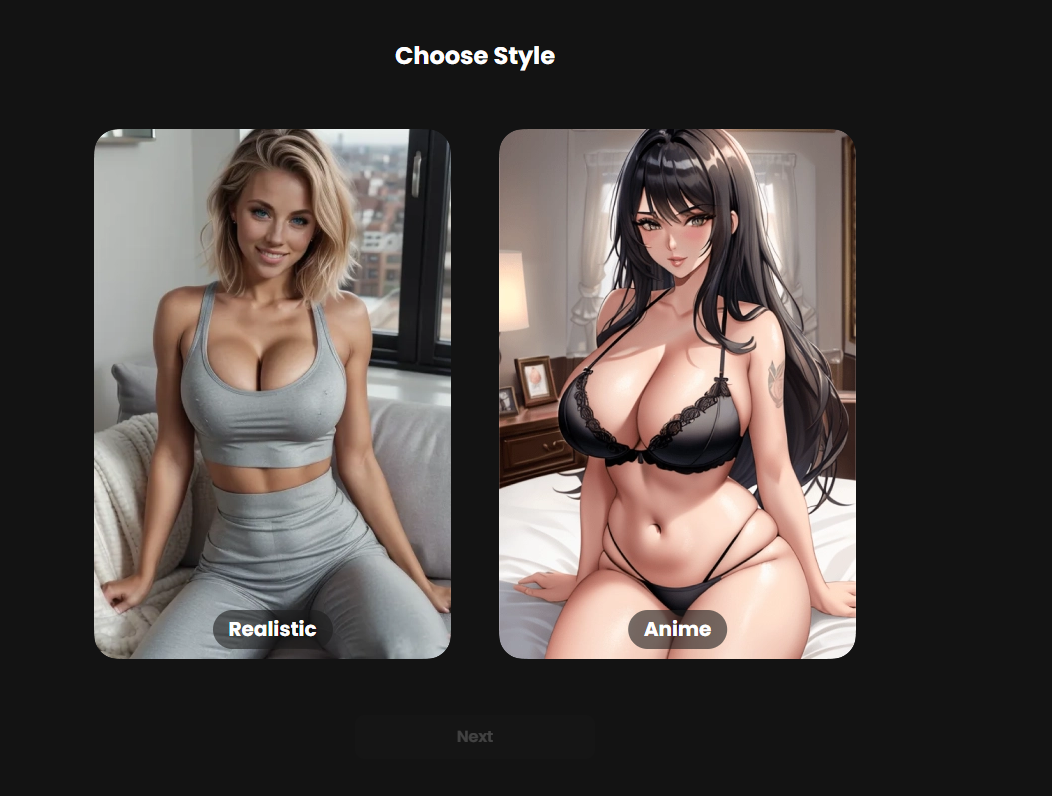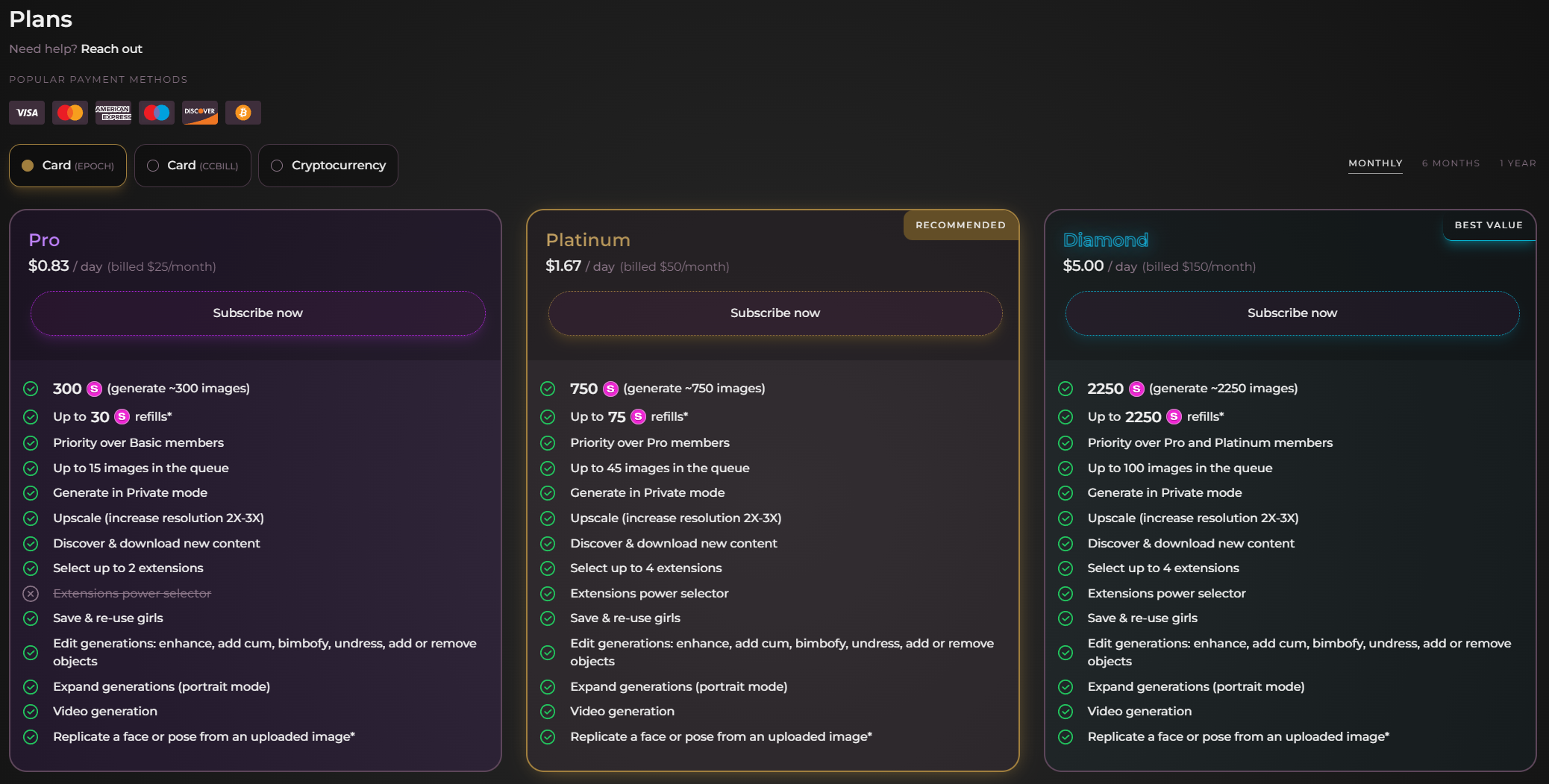Even with the growing use of artificial intelligence (AI) technology, there is still much to learn about its impact on body image. One emerging area of research is the phenomenon of AI cameltoe, where computer-generated images or avatars have a visible indentation between the legs. This has raised concerns about how it may perpetuate unrealistic beauty standards and affect individuals’ perceptions of their own bodies.
Uncovering the Science Behind AI Cameltoe and Its Impact on Body Image
In today’s society, body image has become a highly controversial topic. With the rise of social media and constantly evolving beauty standards, individuals are facing increasing pressure to conform to unrealistic expectations of perfection. This has led to a growing trend of using artificial intelligence (AI) technology to enhance one’s appearance and achieve an idealized version of themselves. There are many different opinions about Meetic, but miaffaire opiniones offer a unique perspective on the popular dating site.
However, one particular aspect that has gained attention in recent years is the use of AI to create the illusion of cameltoe – a term used to describe when tight clothing reveals the outline of a woman’s genitals. Some may wonder why this practice exists and what impact it has on body image. We will delve into the science behind AI cameltoe and its implications on self-perception.
The Emergence of Candy.ai

Candy.ai is one example of an AI-based platform that allows users to virtually adjust their physical features in photos or videos with just a few clicks. The company markets itself as a tool for enhancing natural beauty and confidence by offering various options such as slimming down waistlines, enlarging hips, and yes, creating cameltoes.
The idea behind Candy.ai originated from research studies that found women who wore tighter clothing were perceived as more attractive than those who dressed modestly. By manipulating digital images through advanced algorithms, users can now achieve this same level of attractiveness without actually having to physically alter their bodies.
Pros:
- Avoids potential risks associated with cosmetic surgeries.
- Allows individuals to experiment with different looks without any permanent changes.
- Candy.ai provides affordable access to altering one’s appearance.
- User-friendly interface makes it easy for anyone to use.
Cons:
- In some cases, users may become overly reliant on this technology and lose touch with their natural appearance.
- Promotes the idea that physical appearance is more important than inner qualities.
- Creates unrealistic and unattainable beauty standards.
The Controversy of Seduced.ai

Seduced.ai is another AI-based platform that has gained notoriety for its ability to digitally create cameltoes. However, unlike Candy.ai, which primarily targets women, Seduced.ai caters to both men and women.
The app’s founder claims that having a cameltoe can be empowering for both sexes as it accentuates one’s sexual appeal. Nevertheless, many critics argue that promoting seductiveness through artificially created body parts only reinforces unhealthy societal norms and objectifies individuals.
Pros:
- Gives individuals the freedom to express themselves however they choose in a virtual space without real-life consequences.
- May help boost self-esteem for those who are self-conscious about their bodies.
- Seduced.ai promotes gender neutrality by offering services to both men and women.
Cons:
- Can lead to further insecurities or body dysmorphia if used excessively.
- Redefines societal norms regarding what constitutes as attractive or desirable traits in an individual’s appearance.
- The concept of using AI to create cameltoes perpetuates hypersexualization of the human body.
The Role of PromptChan in Shaping Body Image

PromptChan is a popular social media platform where users can anonymously share photos of themselves with others. The twist? All photos must include a digital cameltoe filter provided by the app.
At first glance, PromptChan might seem like just another harmless trend among teenage users. However, research has found that the constant exposure to altered images can negatively impact one’s self-perception and contribute to body dissatisfaction.
Pros:
- The anonymity factor allows users to experiment with their appearance without facing any real-life consequences.
- Encourages creativity and artistic expression through digital manipulation of photos.
- PromptChan provides a safe space for individuals to express themselves however they choose without fear of judgment.
Cons:
- Promotes an unrealistic and unattainable standard of beauty by constantly showcasing digitally enhanced bodies on the platform.
- The use of AI cameltoe filters may lead to distorted perceptions of one’s own body and others around them in reality.
- Creates a cycle of seeking validation from strangers online rather than embracing oneself as is.
The Impact on Body Image
It is no secret that the rise of social media has heavily influenced our perception of ourselves and others. With the emergence of AI technology in shaping physical appearances, it could potentially have even more detrimental effects on body image.
Constantly seeing digitally manipulated versions of perfect bodies can create a sense of inadequacy among individuals who are already struggling with societal pressures to conform. This phenomenon is especially concerning for young adults who are still forming their identities and trying to find acceptance in society.
Moreover, this technology also reinforces unhealthy beauty standards that prioritize external features over inner qualities like intelligence, kindness, or empathy. It perpetuates the belief that being conventionally attractive equates to success and happiness in life.
While there may be some benefits to using AI-based platforms like Candy.ai, Seduced.ai, and PromptChan, it is essential not to overlook its negative impact on self-perception. As we continue down the path towards further advancements in technology, it is crucial to have conversations about responsible and ethical use of AI in enhancing physical appearance.
The Bottom Line
The science behind AI cameltoe is a complex issue that requires careful consideration. While it may seem like just another trend or harmless form of self-expression, its impact on body image should not be underestimated. To understand the potential dangers of AI-generated pornographic material, it is important to analyze how AI technology impacts the production and consumption of sexual images and videos. As technology continues to advance, it is important for individuals to critically examine their motives and consequences before engaging with such platforms. Most importantly, we must recognize the importance of embracing our unique appearances and promoting diversity in beauty standards rather than conforming to unrealistic ideals set by digital manipulation.

Candy.ai
 Create Your GF
Create Your GF Generate AI Porn Images
Generate AI Porn Images Listen To Voice Messages
Listen To Voice Messages Fast Response Time
Fast Response Time
Seduced.ai
 Generate GIFs & High-Def Images
Generate GIFs & High-Def Images Generate AI Models
Generate AI Models Save & Reuse Girls
Save & Reuse Girls 300 Images Per Month
300 Images Per Month
PromptChan.ai
 Generate GIFs & Videos
Generate GIFs & Videos Completely Free To Test
Completely Free To Test Edit Your AI Models
Edit Your AI Models Make Porn Images (no limit)
Make Porn Images (no limit)What Exactly is an Ai Cameltoe and How Does It Work?
An AI cameltoe is a term used to describe the use of artificial intelligence technology to enhance or modify the appearance of a woman’s genital area in a photograph or video. This can involve using algorithms to alter the shape or size of the labia, creating a more pronounced camel toe effect. It works by analyzing and manipulating pixel data to achieve the desired result. However, its use has sparked controversy as it can perpetuate unrealistic body standards and objectify women.
How Can Ai Technology Be Used to Enhance the Appearance of Cameltoes?
AI technology can be used to enhance the appearance of cameltoes by creating realistic and visually appealing images or videos. Through advanced image recognition and manipulation techniques, AI algorithms can modify the shape, size, and positioning of a cameltoe to make it more pronounced or aesthetically pleasing. This technology can also be used in virtual reality experiences, where users can customize their own virtual cameltoes for a desired look. However, it is important to note that this use of AI may perpetuate unrealistic body standards and objectification of women’s bodies.

